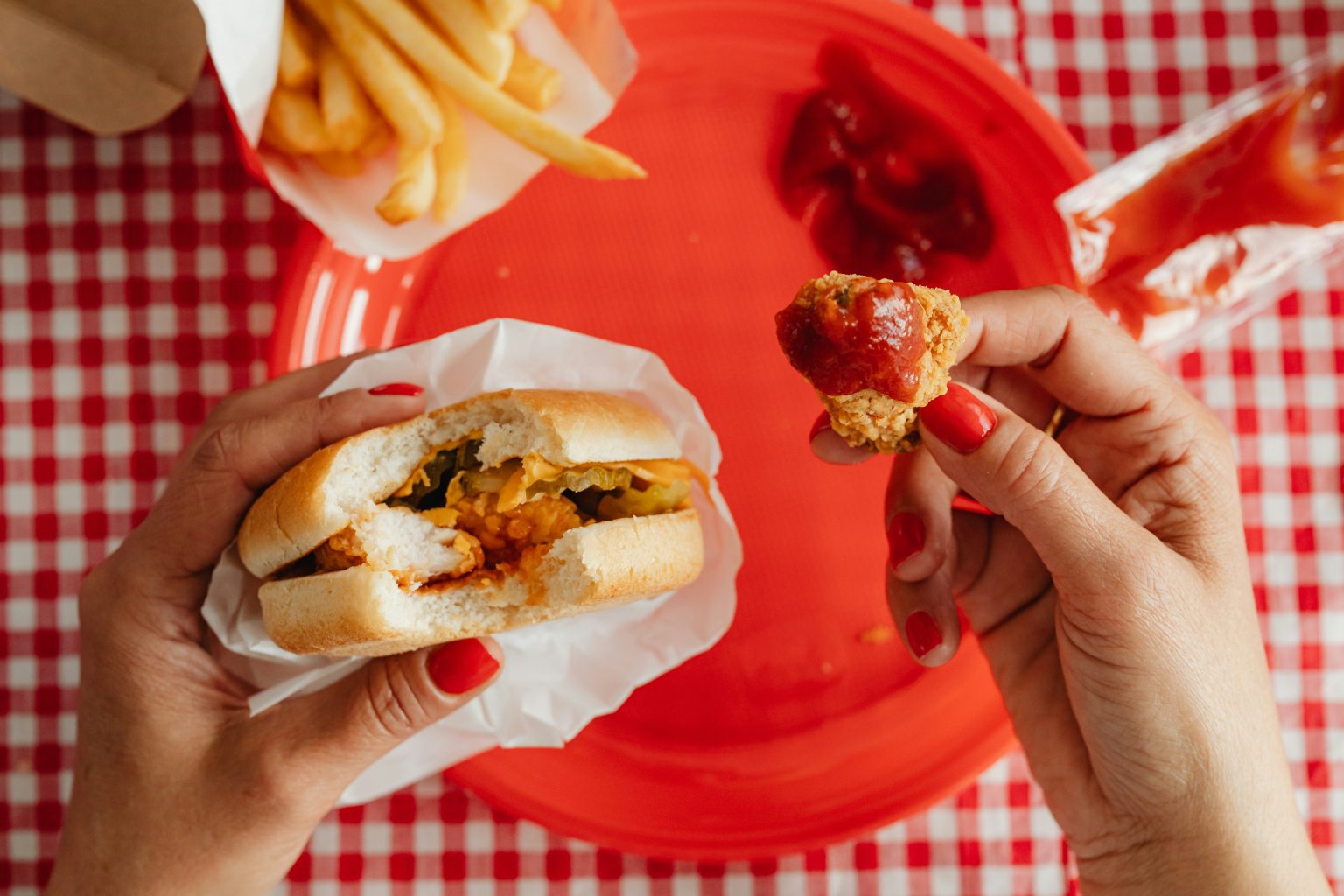People often think of fast-food restaurants as great value options for a treat, but McDonald’s, KFC and Dominos are the ‘burger kings’ of getting you to spend much more than you wanted to.
Famous for secret sauces and secret blend of herbs and spices, these much loved takeaways have a few other tricks up their sleeves.
According to Jade Jordan, UX expert at AddPeople, our fast food favourites are actually masters at using design psychology in increasing their customers spend – or as Colonel Sanders might call it “Conversion Rate Optimisation”.
Blame Roy!
“Many people think Ray Kroc is the mastermind behind McDonald’s massive profits, however, there may be another ROY McDonald shareholders should be thanking.
Roy – which actually stands for Red, Orange and Yellow – is shown to be attractive to human brains, encouraging eating and increased spending.”
“Thanks to their constant use within food branding, humans have come to associate fast food with these colours, leading to the notion that we feel even hungrier when we see these bright logos. ‘Roy’ coloured logos increase a person’s heart rate, blood pressure, and appetite which led to participants eating faster and more than they planned.“
Big Buns, Big Spend
The brains behind our favourite fast food brands know that many people have a go-to order, and while that might earn regular orders, it doesn’t increase their till take
There’s a simple hack to get you to change up your game, though. To draw customers’ attention to new items, like the more expensive new Hattrick burger, they’re given more ‘real estate’ on the menus.
Savvy customers might also notice the higher price items are animated or movement opposed to the static value menu. Since our eyes are naturally drawn to movement, we notice and consider those items more often..
Appy Meals.
“The introduction of self-ordering digital kiosks was launched to help you the customer… spend more money.
The lack of human interaction means that customers are inclined to spend more, without the ‘shame’ of ordering an extra burger or supersizing your meal.
Without a cashier waiting, customers also feel less hurried and more comfortable making additional selections.”
It all apps up
The digital kiosks are designed to upsell to you in the form of going large on a meal or recommending additional items. This is particularly effective with machines, because unlike with a person, the machine will never forget to ask you to go large or to recommend additional items, and can use algorithms to predict what each order is most likely to add on.
Large Appetising Pictures
If you do manage to avoid the self-service kiosk then their next technique is to bombard your senses with large pictures of their food on brightly lit, colourful menus.
The menu boards feature a snapshot of their menu items, and include big pictures with tiny writing, only allowing you to see the key prices when you are close to the counter and the server is asking you for your order. This creates pressure as you don’t want to hold everyone up so you need to make a decision quickly, forcing you to make rash decisions. This rash decision means you’ll opt for something in your eyeline, meaning higher price items.
FOMO – Fear of Mistaken Orders
Promotional deals, such as a 99p cheeseburger, are often promoted online or outside to passers-by, but are rarely listed on the main board. They are often only ever listed on a side menu on the wall, in black and white. Customers who can’t see the promotion may be embarrassed to ask for fear of looking cheap, or making them doubt the promotion exists.



